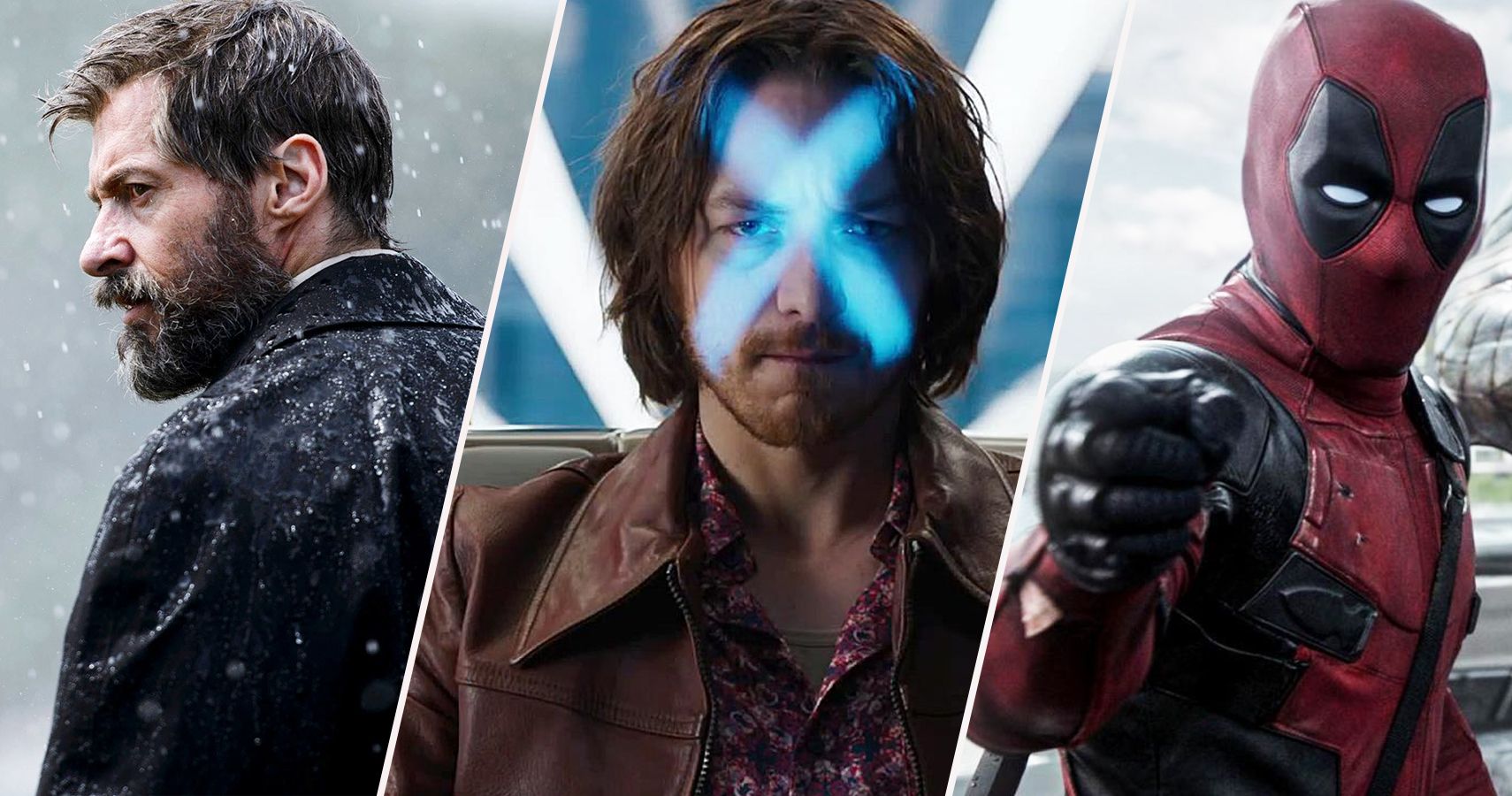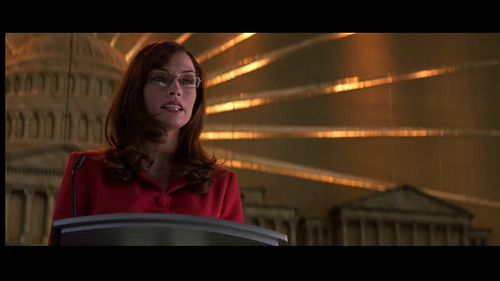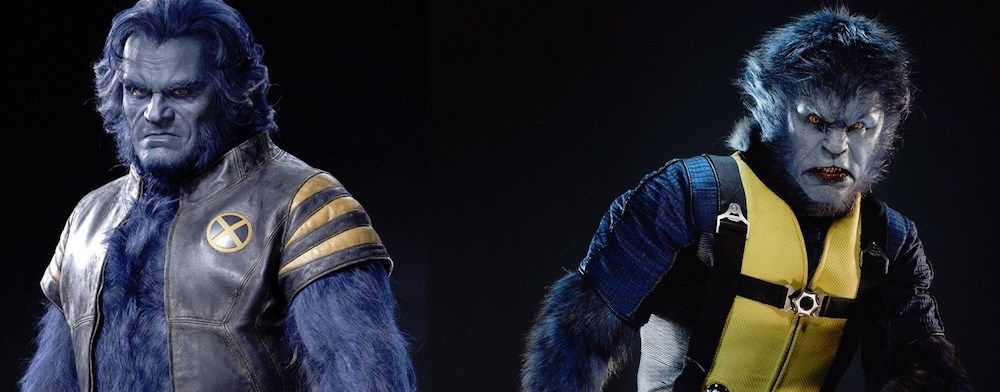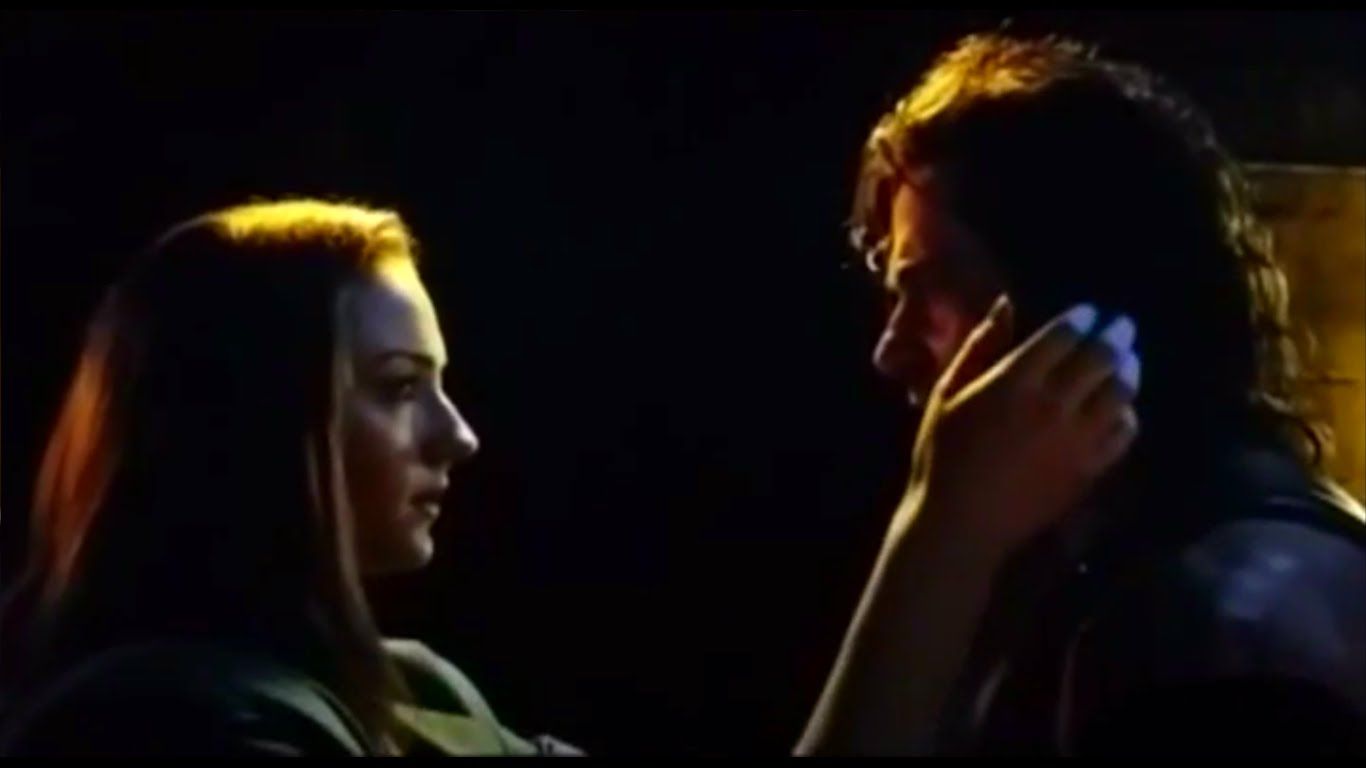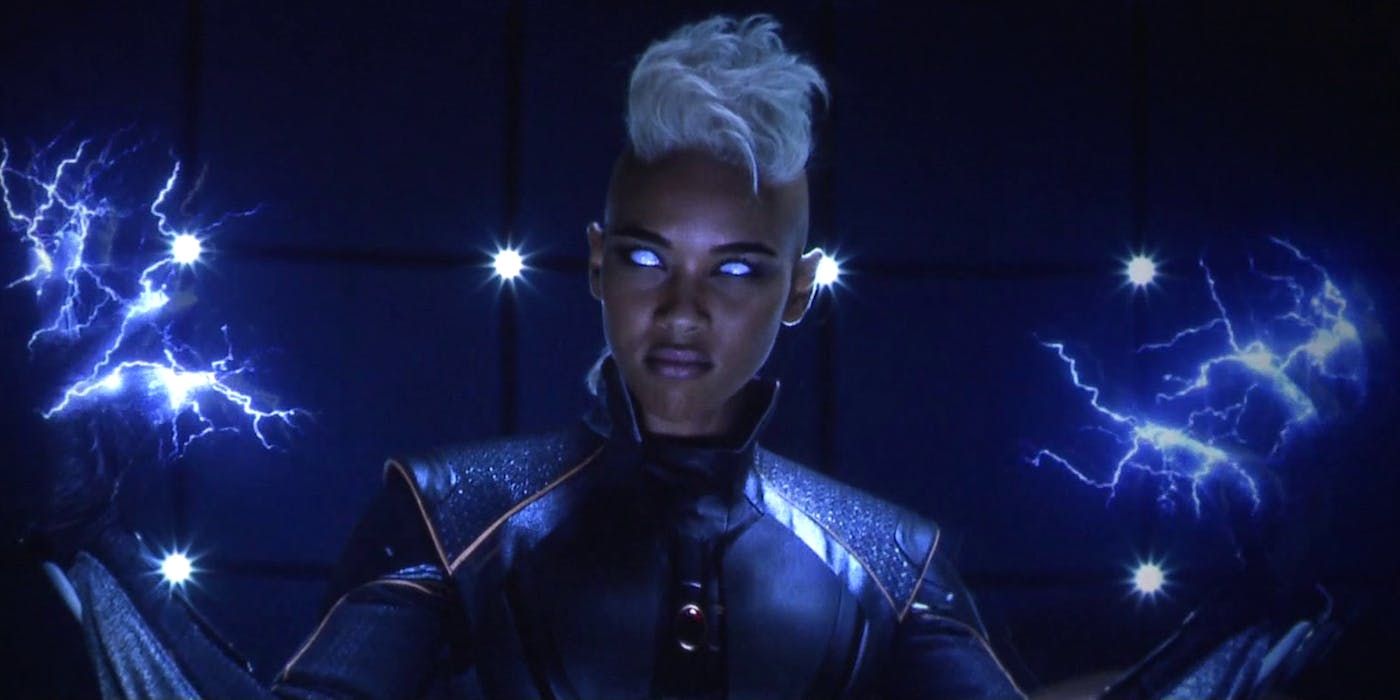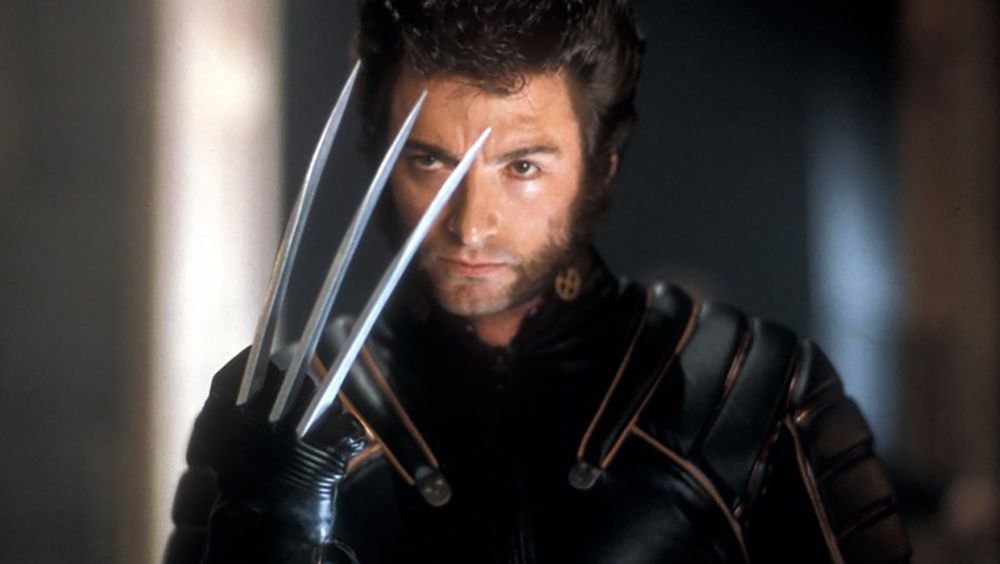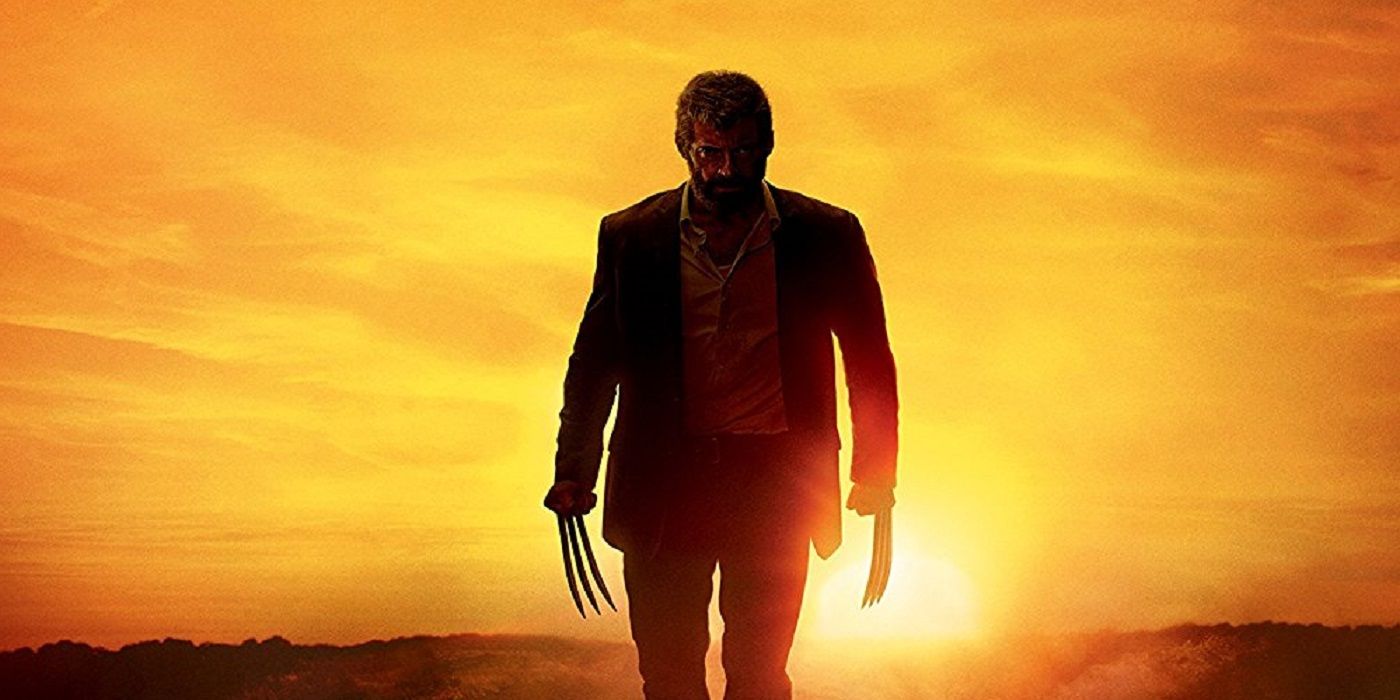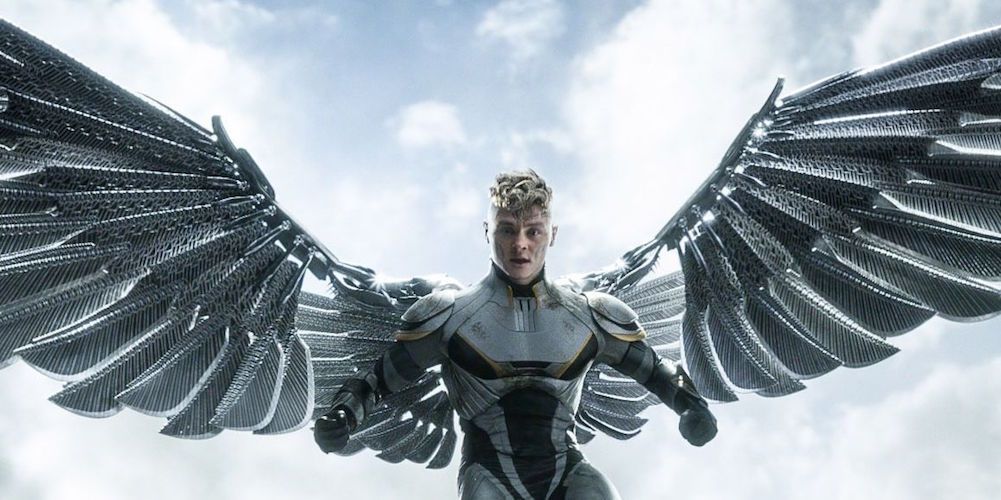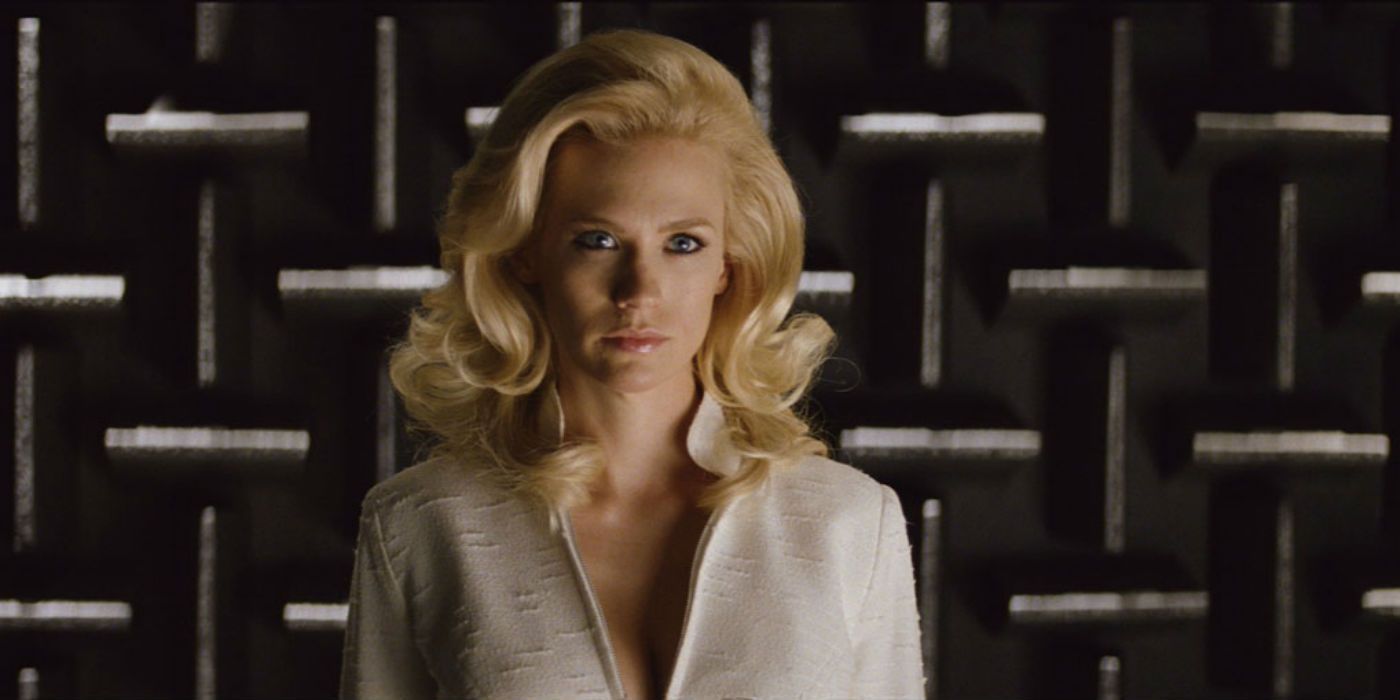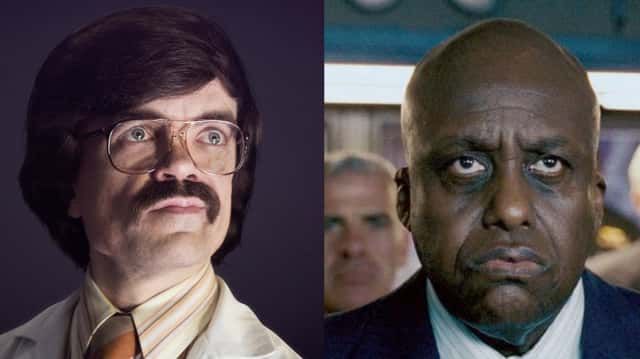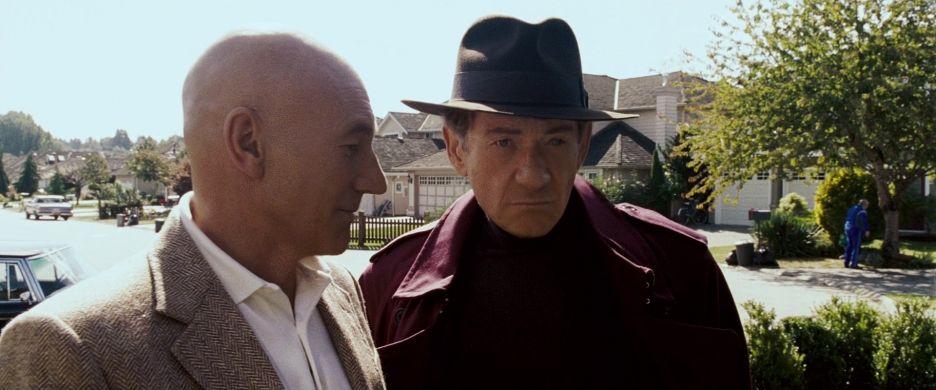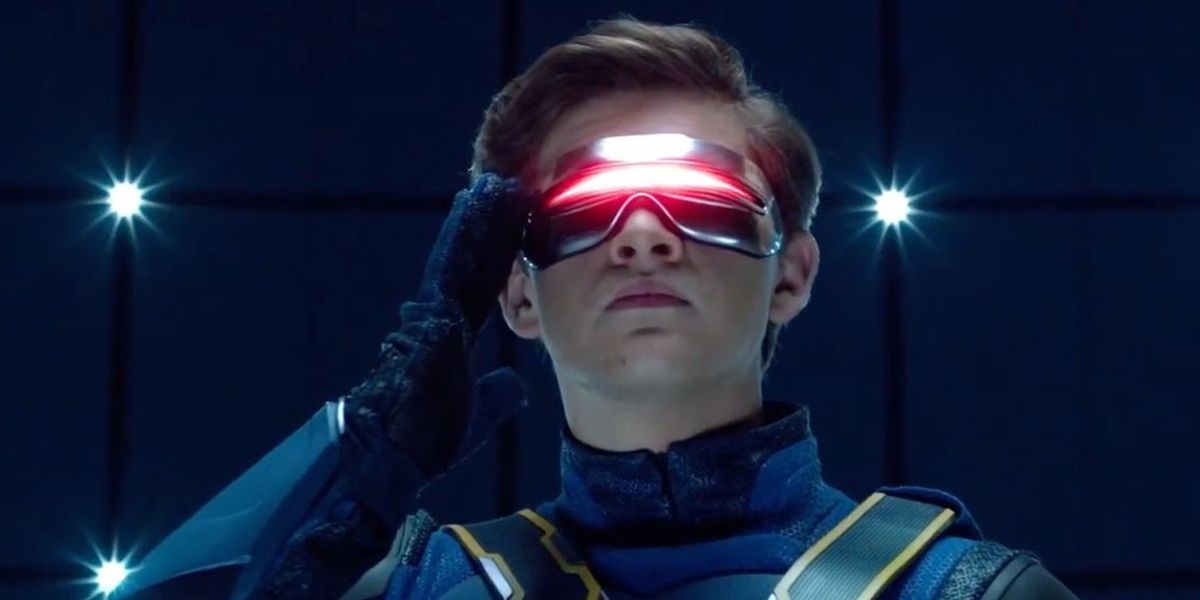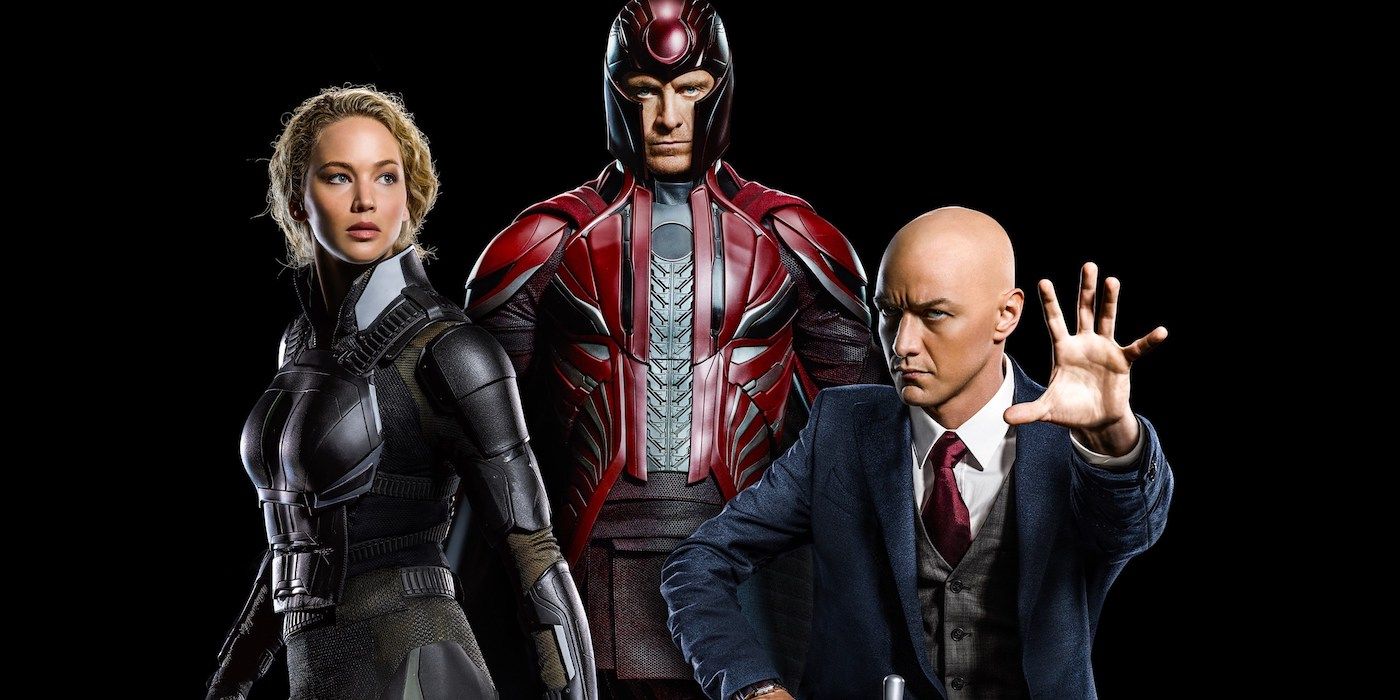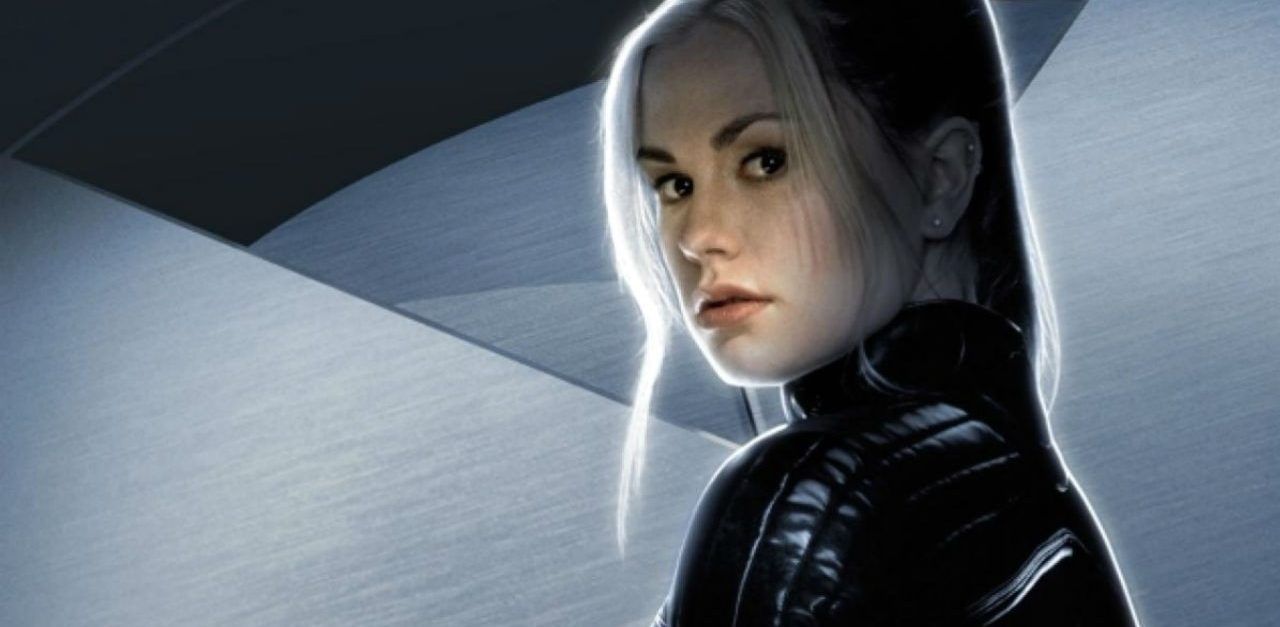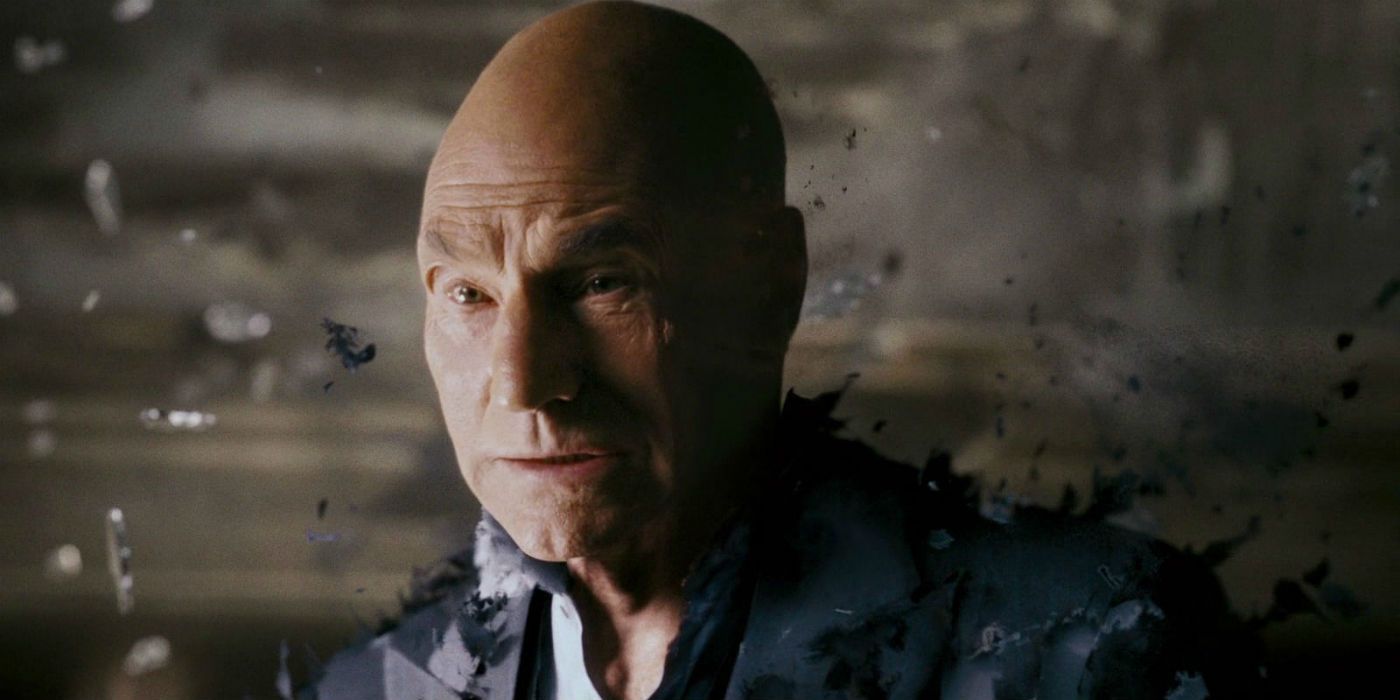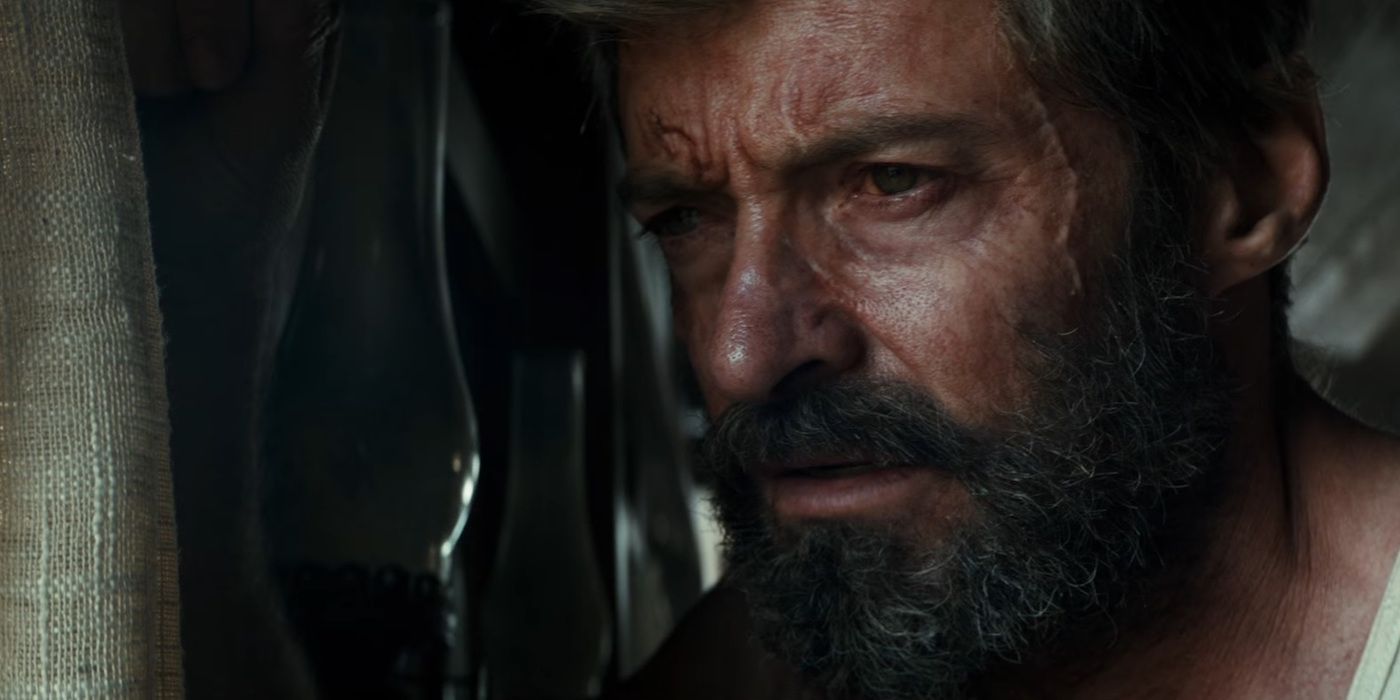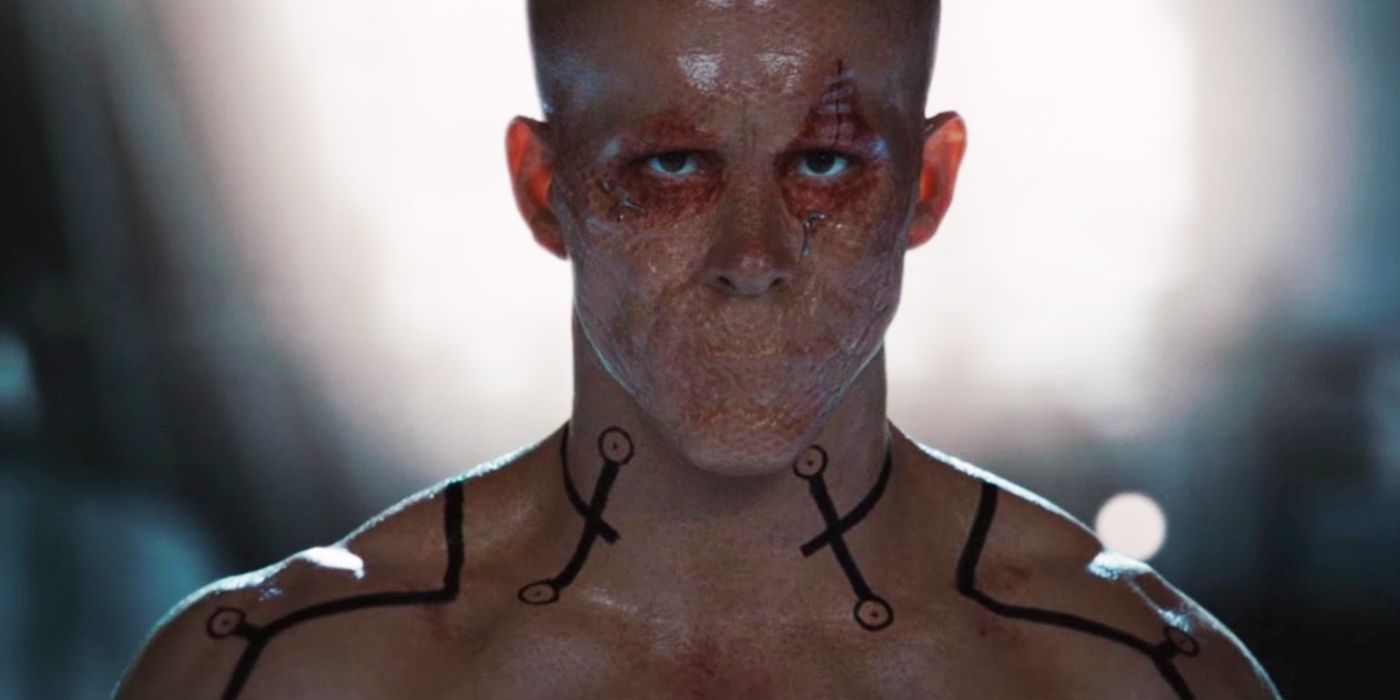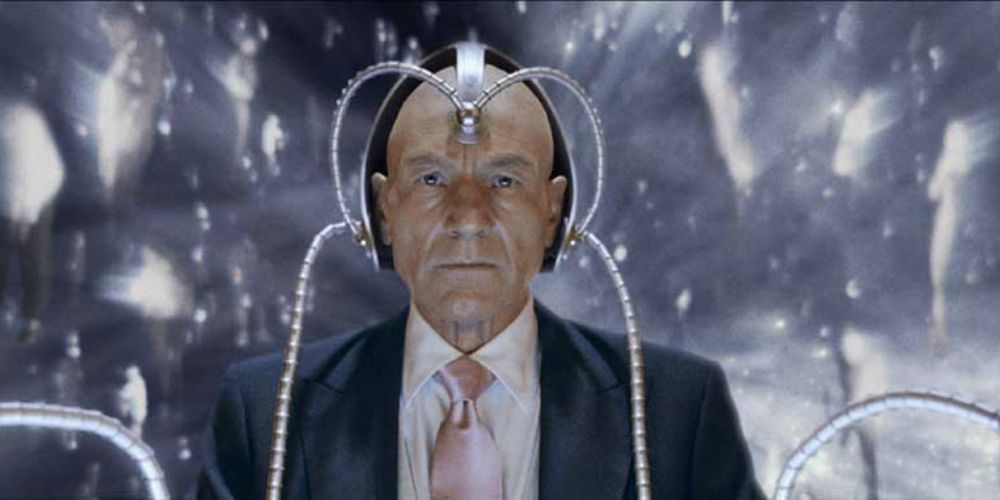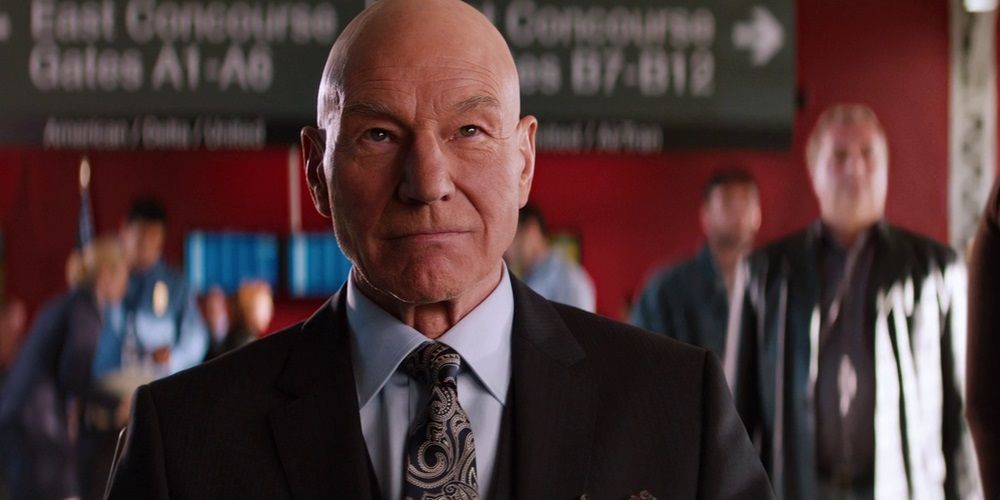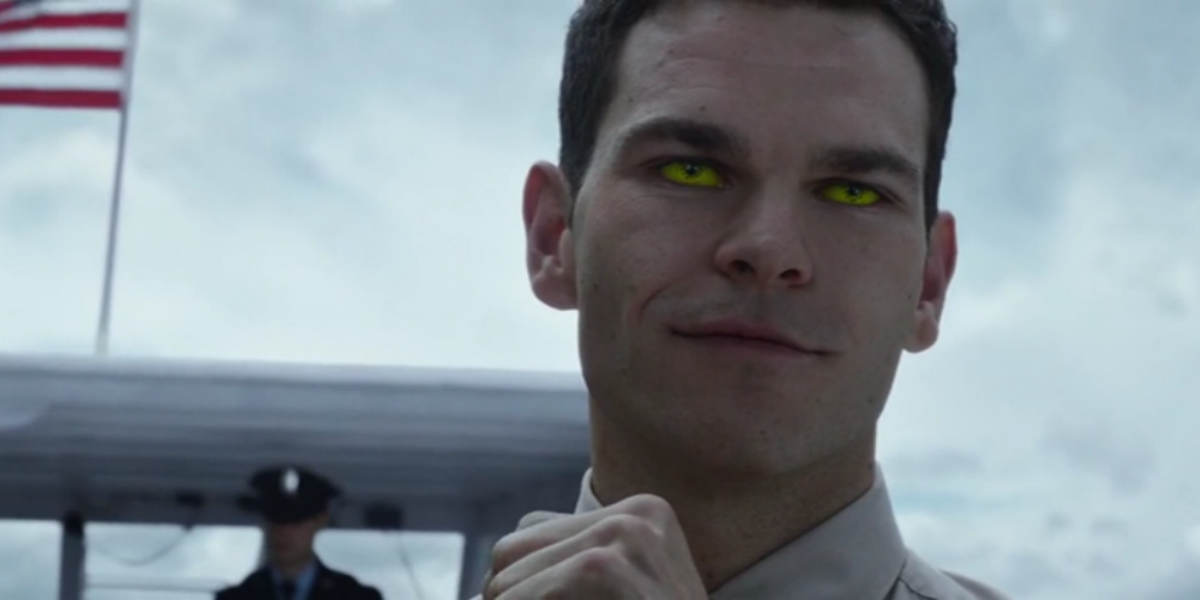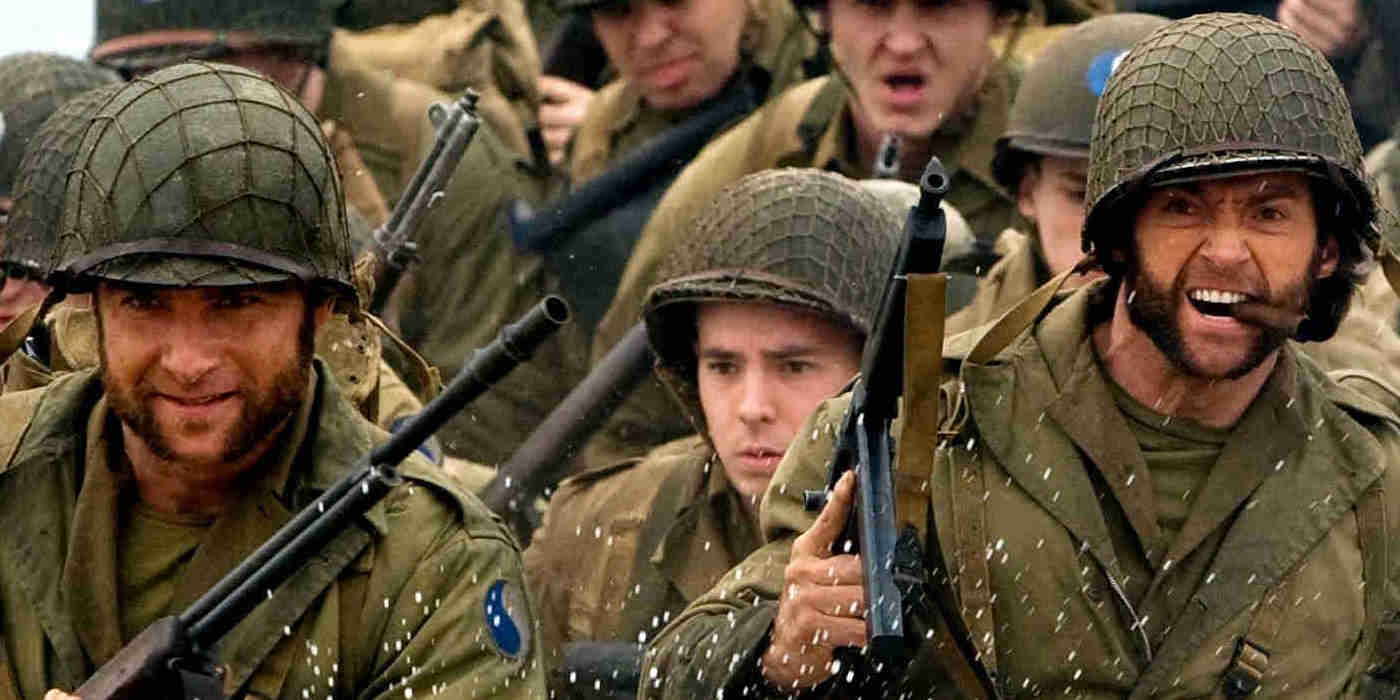Superhero movies tend to be complicated. After all, when filmmakers try to adapt decades upon decades worth of continuity from comic books and those original comic book stories are not so linear or comprehensible themselves, there are going to be some problems when brining the stories to a wider audience on the big screen. There is no superhero franchise on the planet that is more complicated, confusing, and overall screwy than the X-Men franchise.
Perhaps it all would not be so confusing if the original trilogy and the newer film prequel reboot series existed in separated universes, but someone over at FOX came up with the bright idea of linking it all together, and it is done with very little sense of the grander schemes of both canon and continuity. Now all we're left with is several different movies under the X-Men umbrella trying to co-exist in the same canon and so far, most of it isn't working out for anyone. With that in mind, we decided to take a look at all of the problems that afflict the X-Men franchise -- as far as the timeline is concerned -- and not only point them out, but try to make sense of it all.
20 THE GOVERNMENT'S LACK OF ACTION
When the first X-Men film opened in 2000, we see that the government is trying to legislate mutants by enforcing a Mutant Registration Act. We are left to assume that the general public had only just discovered that mutants walk among them and this is the first time that the government tried to bring mutant laws to power. It was easy to come to this assumption, but in light of the new prequel films that came afterwards, that initial assumption must be brought into reconsideration.
The new films depict the mutants taking part in major catastrophic events that the entire world became savvy to.
This even include a White House battle and assassination attempt depicted live on television for the world to see during the climax of X-Men: Days of Future Past. Days of Future Past is supposed to take place during the '70s, and as we pointed out earlier, the first X-Men film is meant to take place in present day 2000. So why took the government over three days to try and figure out how to regulate laws regarding mutants is beyond us. Maybe the government in the movie uiniverse is just incompetent and lazy when it comes to putting laws like this in place.
19 BEAST CREATES A CURE BEFORE THE GOVERNMENT
At the center of X-Men: The Last Stand lied a plot regarding a new mutant cure crafted by Worthington Labs that is capable of suppressing the X-gene that makes mutants, well, mutants. Out of all the mutants who wind up in the film, no one is more shocked that such a cure is possible than Beast. While this doesn't sound too cray, it's actually pretty weird, considering that Beast perfected a mutant cure of his own nearly four decades prior. Way back in his days during X-Men: First Class -- which takes place during the '60s -- Beast first crafted a mutant cure that can cure physical mutations without affecting the mutant's powers, which allows him to shed his blue fur and appear like any old regular human being.
A decade later in X-Men: Days of Future Past, not only has he continued to perfect the cure for his physical mutation, but he found a way to craft a mutant cure that provides back Professor Xavier's use of his legs. And yet, by the time The Last Stand rolls around, he is astonished at this new government prescribed cure as if he did not ever craft one for himself. Maybe old age has forced him to forget his prior creations at this point in his life.
18 FORESHADOWING FOR A TIMELINE THAT NO LONGER EXISTS
Prior to his final appearance playing the title character of Logan, Hugh Jackman has a cameo appearance in X-Men: Apocalypse as Wolverine where we see the big bad Canadian during his early days in the Weapon X program. In a fit of rage and confusion, Wolverine goes on a rampage throughout the facility in a feral state. It is not until he comes face to face with Jean Grey and she restores some of his memories that he is able to calm down, and then run off to who knows where.
It was an intimate scene, and it gave us a glimpse for a future between the two -- except it's not likely we will ever see such a future come to pass.
Not only because we will never ever see Hugh Jackman in this role anymore after he retired from playing Wolverine, but also because the prior film was so adamant about everything in the X-Men timeline being changed and this film's universe being given a clean slate through the lens of the new prequel reboot series. If we truly have a clean slate with these new films, then it is very likely that we may never get Jean/Logan in this new X-Men franchise making this scene nothing more than a glorified easter egg.
17 INCONSISTENCY IN STORM'S BACKSTORY
X-Men: Apocalypse, as a whole, was one of the more heavily criticized films within the X-Men movie franchise but if there was one highlight that a lot of fans seem to agree on is that of Alexandra Shipp's performance as the younger version of Storm. Not only did Shipp give a performance that such an acclaimed character deserves, the character is given a backstory that is both compelling and captivating. The film's plot reveals Storm to be a Cairo native who aligns herself with Apocalypse, before she comes to her senses and rounds out her redemption arc by becoming a student of Professor Xavier by time the film wraps up.
As impressive as Storm's storyline is, it heavily contradicts with Storm's character from the original X-Men trilogy, and we can't imagine how this young Storm could ever grow up to be the Halle Berry version. For starters, as all over the place that Berry's accent was in the first film, there is no hint of any Cairo roots. Plus, there is never a hint or a mention of Storm's past as a villain, not even from Xavier. Maybe he got so senile that he forgot, or he refrains from mentioning it out of respect to his pupil.
16 LOGAN'S X-RAY
As much as we all like to hate on X-Men Origins: Wolverine, the film was canon for a while within the X-Men movie franchise whether we like it or not. Therefore, we must treat it as such and understand just how badly it jacks up the timeline of the X-Men universe further than the prequel series ever could. For instance, at the end of that film, Wolverine loses his memory after Stryker shoots him twice in the head with adamantium bullets, piercing the back of his metal coated-skull.
However, in the original X-Men, Jean Grey and Professor Xavier X-ray Wolverine's body and his X-rays show no sign of such damage ever occurring to him.
Sure, maybe his skull would have healed by then thanks to his regeneration powers, but the holes in his head would not have grown back due to damage from an adamantium bullet. In hindsight, this may be nitpicky because the 2000 film came out first and the creators of that film would have no idea what plans the creators of the 2009 film could have had in store for Wolverine. Nonetheless, this still makes it all the harder to connect the X-Men timeline in a cohesive manner that makes sense.
15 IN WHAT TIMELINE DOES LOGAN TAKE PLACE?
As a standalone epic, Logan is an incredible journey to behold and it also proved to be a fitting send off for a character who we all watched ever since the very start of the entire X-Men film franchise. However, when we try to figure out just where in the already-jumbled X-Men timeline Logan would make sense to fit, we have a little bit trouble trying to figure out any explanation that makes a lick of sense. If it exists in the franchise of the original trilogy -- meaning everything that happens prior to Wolverine and the team resetting the X-Men timeline in X-Men: Days of Future Past -- then we are begged to ask more questions, and receive few answers.
We are left to wonder why and how Wolverine has his claws back after losing them during the events of The Wolverine, we wonder how Professor Xavier is alive in the first place, and if this apocalyptic vision of the future had anything to do with the apocalyptic vision of the future that was depicted in X-Men: Days of Future Past (since we are never ever explicitly told just what caused the apocalyptic future that was depicted in Logan).
14 ARCHANGEL
Angel was first introduced in X-Men: The Last Stand as a closeted mutant, played by Ben Foster, whose father desperately wants him to shed his wings and be "normal" but really, Angel just wants to live out his life as a mutant and help our his fellow mutants in the fight against getting eradicated. For all of the negativity that hovers around The Last Stand, Angel's subplot and metaphorical allegory is one of the few highlights of the film.
However, as far as the X-Men timeline is concerned, it shouldn't be happening because Angel shouldn't even exist.
Rewind the clock back to 1983 for the setting of X-Men: Apocalypse. At this point in time, Angel is in his '20s -- in fact, it looks like Angel is more or less the exact same age he is years later in The Last Stand and he spends his days fighting in underground fight clubs. That is until he gets swept off his feet by Apocalypse, who coats Angel's wings into an unbreakable metal. This proves to be to Angel's detriment as he later dies as a member of Apocalypse's Four Horsemen. No word just on how Angel came back to life in time for The Last Stand.
13 EMMA FROST IS SUDDENLY NOT EMMA FROST
So, Emma Frost made (what we all assumed was) her big screen debut in X-Men Origins: Wolverine, played by 23-year old Tahyna Tozzi. Given the character had the ability to produce a diamond skin coating for herself, this rang a light bulb in all of our heads, and our suspicions were confirmed during the end credits when Tozzi is credited with playing Emma. However, X-Men: First Class depicts a much older January Jones playing Emma Frost in a time period that takes place about a decade before Origins does.
Bryan Singer once tried to rectify this during an interview to make sense out of it all, but he just made matters all the more confusing. When asked if this is the same Emma Frost in First Class that we saw in Origins, he straight up denied it and said that they were completely different characters, and nobody believed that for even a second. Different actresses, yes, but they are credited for playing the same woman, not to mention the same woman with the same powers. Giving the character a different last name (in this case, "Silverfox") did nothing to ease the confusion fans felt over this obvious cameo that the people in charge of the franchise didn't think would amount to much in the (completely) future.
12 BOLIVAR TRASK
In the Marvel Comics universe, Bolivar Trask is the military scientist whose company, Trask Industries, is directly responsible for the creation of the Sentinels in X-Men: Days of Future Past an is played by Peter Dinklage. While, unlike Dinklage, Trask is actually 5'10 in the comic books, the character's dwarfism is a mute point and (rightfully so) never actually addressed in the film. He could be played by Andre the Giant for all we'd care, and it still would not matter because his actions and creations are far more relevant than his height.
That is until we fast forward to the canonical and chronological film future in X-Men: The Last Stand.
You see, by going back to an older film (but in the future timeline) Trask makes yet another appearance, only this time, he is not a scientist. Trask is actually a politician and played by Bill Duke, who compared to Dinklage, is noticeably taller and blacker than he was a few decades prior in Days of Future Past. We can kind of buy the idea that maybe the future provided Trask with a serum to become taller and he transitioned from science to politics, but it's a little harder to recognize how he could've switched to a completely different skin color.
11 WHO ACTUALLY RECRUITED JEAN GREY?
In X-Men: The Last Stand, we see a slightly younger and much friendlier pairing of Magneto and Professor X visit a young Jean Grey 20 years prior with hopes of recruiting the gifted mutant for their school over at the X-Mansion. It was something of a poignant moment between the two frenemies, but not a moment we're probably ever see occur on the big screen again (until they reboot the reboot of the reboot). In X-Men: First Class, the pairing's relationship blossoms and fractures during the '60s in their 20s over the course of one film, and then becomes completely destroyed when Magneto inadvertently causes Xavier's paralysis.
So all of this makes the moment when a walking Xavier and his pal Magneto head to Jean Grey's house to recruit the young powerful mutant to join them at the School For Gifted Youngsters. But despite all that, the even bigger question we are still left to wonder is who recruited Jean Grey for the new prequel series, if not Magneto and Xavier. When we first see her in X-Men: Apocalypse, Jean Grey is already at the Xavier Institute with no explanation given as far as who brought her there to begin with.
10 NOBODY AGES
We could point out how characters in the early '00s X-Men films appear much younger than their prequel series counterparts -- for example, Moira MacTaggert is in her 30s in both First Class and The Last Stand, when she should be in her 80s in the latter film -- but that would be too easy. We've all noticed that characters throughout the X-Men franchise never seem to age, but it is especially glaring and jarring to witness in the newer films. These films all take place about a decade apart from each other -- with First Class taking place in the '60s, Days of Future Past in the '70s, and Apocalypse in the '80s -- and yet, so many characters don't look like they've aged a day throughout the decades.
Characters like Xavier, Beast, Mystique, and Magneto all start off in First Class in their 20s but in Apocalypse, none of them look a day passed 30.
Then, there's Cyclops whose age is all over the place. He's a teenager in Origins, then he's 20-something in the original X-Men trilogy when he should be 50-something. Then, in First Class, Xavier sees a pubescent Cyclops through Cerebro and, finally, in Apocalypse he's back to being a teenager.
9 XAVIER AND MYSTIQUE
When it was first announced that FOX had decided to craft a prequel movie for the X-Men franchise in the form of X-Men: First Class, it all sounded like an interesting prospect. For the past decade, we had watched these characters on the big screen and grew fond of them and fans had warmed up to seeing just how they would become the characters we all know and love. Well, those hopes were dashed and shredded into some confusion when the filmmakers decided to make some interesting creative decisions that would chronologically contradict what came before it with the originally trilogy.
We bring this up namely in mention of the relationship between Mystique and Charles Xavier as childhood best friends -- they were essentially adopted brother and sister. They have been both on the same side, and on opposing sides of the good guy/bad guy fence throughout the series. However, in the future as depicted in the original series, Mystique and Xavier never so much as look in the other person's direction. In fact, not only do the two hardly acknowledge each other, but they never mention or reference whatever kind of friendship they had in the past, as if it never happened.
8 HOW DID ROGUE AND MAGNETO GET THEIR POWERS BACK?
For many reasons, X-Men: The Last Stand was a bold entry within the X-Men franchise. Although we never got a follow up in the form of a fourth film, the third film was created to have repercussions high enough to change the fate of many core characters for the rest of the franchise, thanks to a plot revolving around a mutant cure. Two key characters who get injected with the mutant cure are Rogue and Magneto, rendering two of the most powerful characters among the cast suddenly powerless.
Character wise, the change proves to be an equally powerful instance of development that enriches our interest in both of them.
And yet, oddly enough, all of that beautiful character development gets snatched away, destroyed, and retconned by the time X-Men: Days of Future Past hits theaters. Although Rogue never makes an appearance in the film's theatrical cut due to her subplot getting cut, The Rogue Cut shows us that she has somehow regained her powers in between films, as has Magento (although you don't need to see The Rogue Cut to see that his mastery of magnetism has returned to him). Although this probably seems like another nitpick, the slightest mention of just how they got their powers back would have been appreciated.
7 XAVIER'S MYSTERIOUS MOBILITY
The state of Professor Xavier's mobility has always been a prime question that confuses many fans to this day, and we were all shocked (and a little confused) when we see him take a bullet to his spine at the end of X-Men: First Class. The stray bullet that ends up in his spine belonging to Moira MacTaggert, as it was swatted away by Magneto and accidentally towards Xavier. We briefly see him walking around again in the next film, X-Men: Days of Future Past, but that is thanks to a mutant cure from Hank "Beast" McCoy, but for the rest of the prequel series, we see Xavier in a wheelchair.
However, in X-Men: The Last Stand -- when a much older Xavier and an even older Magneto are visiting a young Jean Grey with hopes of recruiting her for the Xavier Institute -- the man is standing on both of his feet. Never mind the fact that he and Magneto are suddenly buddy buddy with each other again after Magneto crippled Xavier all those decades ago, the real question is just how is Xavier suddenly a mobile being all over again. And more importantly, what happens between then and the future canon of the X-Men original trilogy that he is suddenly back in wheelchair by time the first film rolls around (apologies for the pun).
6 HOW DID WOLVERINE GET HIS CLAWS BACK?
At the end of The Wolverine, Wolverine's famous adamantium claws are sliced off and destroyed "forever"-- heavy emphasis on forever-- by The Silver Samurai. Given just how iconic Wolverine had become for having his metal claws, this proved to be a powerful moment made even more powerful when we discovered that the moment left Wolverine physically scarred for life (at least we thought he was).
And while his adamantium claws were gone, he had least got his bone claws back.
This seemed to be a permanent change for Wolverine, but by time the next film rolled around, X-Men: Days of Future Past, he has the adamantium in his claws back as if nothing from The Wolverine even happened, and with no explanation, or even a slight mention, of how this was even possible. Wolverine isn't the only mutant whose powers return to form, as Days of Future Past, and maybe the franchise as a whole, does a very bad job of providing an explanation of anything that came before. Wolverine would have had to have gone through an entirely new Weapon X procedure to get the adamantium in his claws back, and last we checked Stryker has been dead since X2.
5 THE MERC WITHOUT A MOUTH
We all begrudgingly remember Deadpool's original big screen debut from X-Men Origins: Wolverine. More importantly, we remember the outrage that came out of the decision to end the film where the Merc with a Mouth suddenly loses his gift of gab when his mouth is sewed shut for a climactic battle with Wolverine and Sabretooth. The outrage grew so much that the character was eventually wiped clean from X-Men franchise canon, and instead we were graced with a more faithful adaptation in the Merc's own solo movie, Deadpool.
This proved to be a wise choice considering that the film became Hollywood's highest grossing R-rated film of all time, this still gives us a problem as far as wondering just where we are supposed to rank Deadpool (the film and the character) in the X-Men franchise. After all, none of the supporting X-Men in Deadpool ( Negasonic Teenage Warhead, Colossus) appear in the prequel franchise, as if Deadpool is a standalone film. Since he is played by Ryan Reynolds in both films, does that mean he is the same character, and if not, does that mean everything except Deadpool is canon from Origins? And what does the appearance of the newer X-Men kids and the killing of this first Deadpool mean for where Wade stands in the timeline and, more importantly, does it even matter?
4 WHO BUILT CEREBRO?
Cerebro is one of the most important vital aspects to the stories told in the X-Men movie franchise -- both the original trilogy and the new prequel series included. For that reason, it is vital that the audience understands not only what Cerebro is capable of doing, but exactly who built it. In the comic books, Professor Xavier was the sole creator of Cerebro, and Beast wound up enhancing a future model of the device. In the original X-Men trilogy, Xavier states that it was both he and Magneto who created Cerebro together back when they were still on the same page.
However, we see in X-Men: First Class that neither Professor Xavier or Magneto had anything to do with the building of the potent mutant-tracking device.
Hank McCoy, aka Beast -- had built Cerebro all by himself at CIA headquarters. Even if Xavier does make some changes to Cerebro between First Class and the X-Men, the fact remains that Beast was the one who invented it, blowing both Charles and Erik's minds when he revealed it to them. We also don't tend to think Charles touched it much (after being mostly depressed before Days of Future Past) and we're fairly confident that Magneto had zero to do with it.
3 XAVIER'S MYSTERIOUS RETURN FROM THE DEAD
We can criticize X-Men: The Last Stand for being many things, but one thing we should probably give the film credit for is being bold. The film went in a very daring and risky direction when it came to writing off Professor Xavier, the face of the X-Men. However, this boldness is somewhat mute when we consider the post-credits scene where Xavier's ex-lover Moira MacTaggert -- who never even so much as had a cameo in the original trilogy before this moment -- checked on a comatose patient, who reveals himself to be Xavier, communicating telepathically through the patient (whose face we never see, but the guy appears to be bald).
The problem here is that since fans weren't accustomed to waiting after the credits during superhero movies in 2006 as they later would be for MCU movies, so there's a chance that some fans did not even see this moment. This made Xavier's return from the dead all the more confusing when he popped up again for the post credits for The Wolverine. Even those who saw the aforementioned scene were confused to see Xavier appear back from the dead with his body intact after spontaneously combusting in The Last Stand.
2 THE MYSTIQUE/STRYKER TWIST
X-Men Days of Future Past provided audiences with plenty of shocking twists and turns, but the biggest one came at the very end when it is revealed that when Wolverine falls into the treacherous hands of Major William Stryker, it is not actually William Stryker, but it's Mystique in disguise. This is the real first hint that the timeline has completely changed thanks to the future X-Men's plan to send Wolverine back in time and prevent Days of Future past from even happening. The twist left audiences confused and maybe even a little excited for what this all means for the future in the films, and of the films themselves.
Fans began to wonder what happened to the Stryker that Mystique replaced, and if Mystique would carry on the dirty work of making Wolverine an experiment for the Weapon X program, or will she deliver him to the X-Men much sooner than he originally arrived to them in the original timeline. All of these questions, theories, and speculation proved to be all for naught as the moment got retconned in the next film. In X-Men: Apocalypse, Stryker is back to being just Stryker as if nothing happened, and Wolverine is subjected to the experiments of Weapon X as he was always destined to do so.
1 WOLVERINE AND SABRETOOTH
When X-Men first went into production for a 2000 release date, the writers intended to make Sabretooth appear as just as much of a feral beast as he was in the comics. When a prequel -- X-Men Origins: Wolverine -- was conceived almost a decade later, young Sabretooth was depicted with a little more brains, and given the additional gravitas of being Wolverine's brother. When we look at the two portrayals of Sabretooth. played respectively by Tyler Mane and Liev Schreiber, that somehow exist within the same X-Men film canon, it would be easy to mistake these two depictions as two completely different characters.
After watching both actors portray the character, it's almost impossible that the version from Origins becomes the version from the very first X-Men movie.
Sure, Wolverine had his memory wiped at the end of Origins, but what's Sabretooth's excuse, except the fact that he technically may not be the same character. While the later movies may have some sort of excuse for all the wackiness that goes on in the timeline, Origins was made way before their release, so this is clearly a cast of one massive oversight or just really lazy writing (something Deadpool knows all too well).

